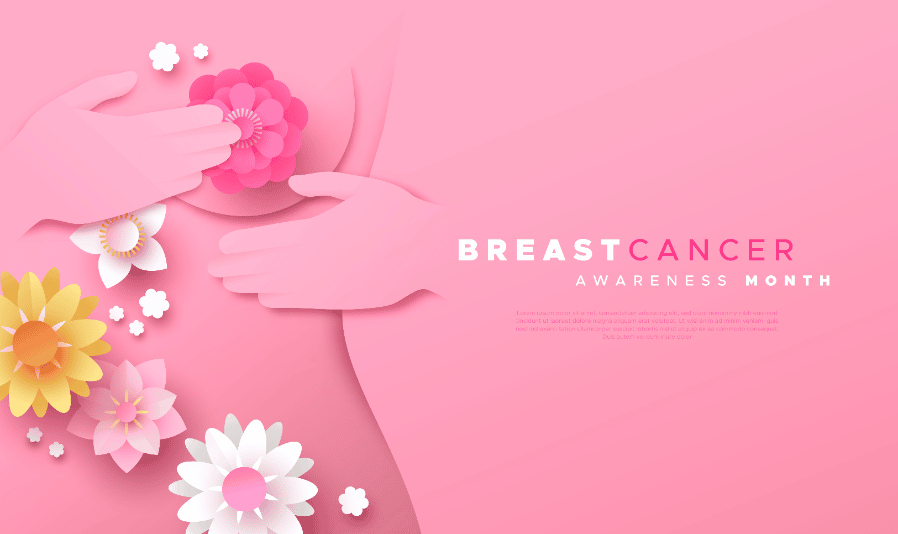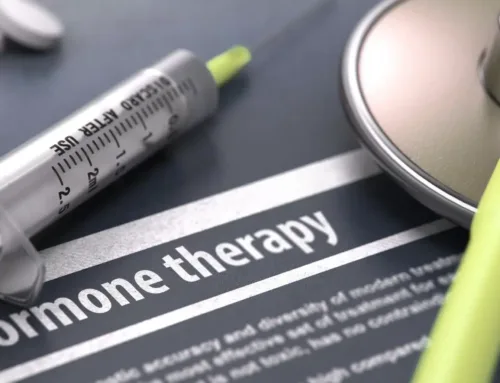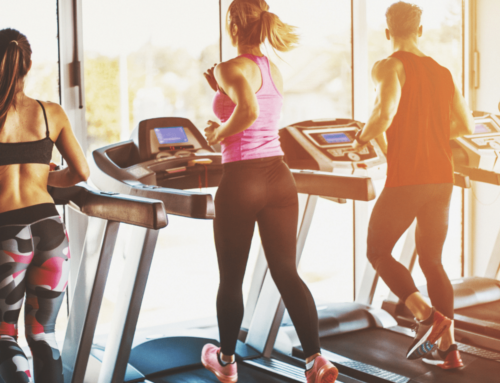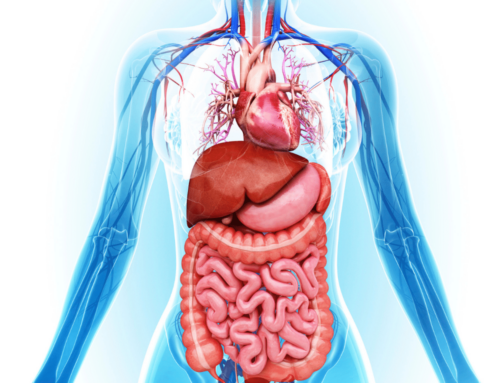According to John Hopkins Medicine, “forty percent of diagnosed breast cancers are detected by women who feel a lump, so establishing a regular breast self-exam is very important.”
It’s Breast Cancer Awareness month, learn how to do breast self-exams. Get familiar with your body, establish a baseline and feel what is normal. This will help you to notice changes early and better update your healthcare provider. If you do notice a lump or unusual appearance, schedule an appointment, but don’t let it make you anxious. Eighty percent of lumps detected are not cancerous.
Perform your self-exam at the same time each month. Hormones fluctuate during the month with your menstrual cycle. This will cause natural changes in how your breast tissue feels. Examining yourself at the same time each month will make it easier to distinguish natural hormonal changes from abnormalities.
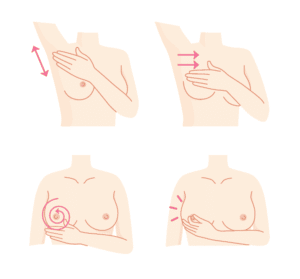
- Visible lumps or dimpling of the skin
- Unusual shape, size, or color
- Swelling, redness, rash, or soreness
- The nipple has changed position or became pushed inward instead of protruding
Then, raise your arms, and look for the same changes. Use this opportunity to check for any watery, milky, or yellow fluid coming out from one or both nipples.
Next, lay down and with the fingers of your left hand, feel your right breast using a firm touch and a circular motion about a size of a quarter. Cover the entire breast from top to bottom and side to side. Do not forget to feel your collar bone towards your abdomen, and from the armpit to your cleavage. Then repeat on the other breast.
Finally, repeat step 4 while standing up versus laying down. Some women find it easier to do this step in the shower when the skin is wet and slippery. Find a comfortable pattern of your own when checking your breasts. You can start from the nipple going in a circle until you cover the entire breast, or use an up and down pattern. Also, remember to apply firm pressure- enough so that you can feel for the deep tissue. Repeat on the other side.
Breast cancer is treatable and, when caught early, recovery rates for patients are higher. Women of all ages should make self-breast-examination a monthly habit and get regular mammograms to detect abnormalities that cannot be felt.
